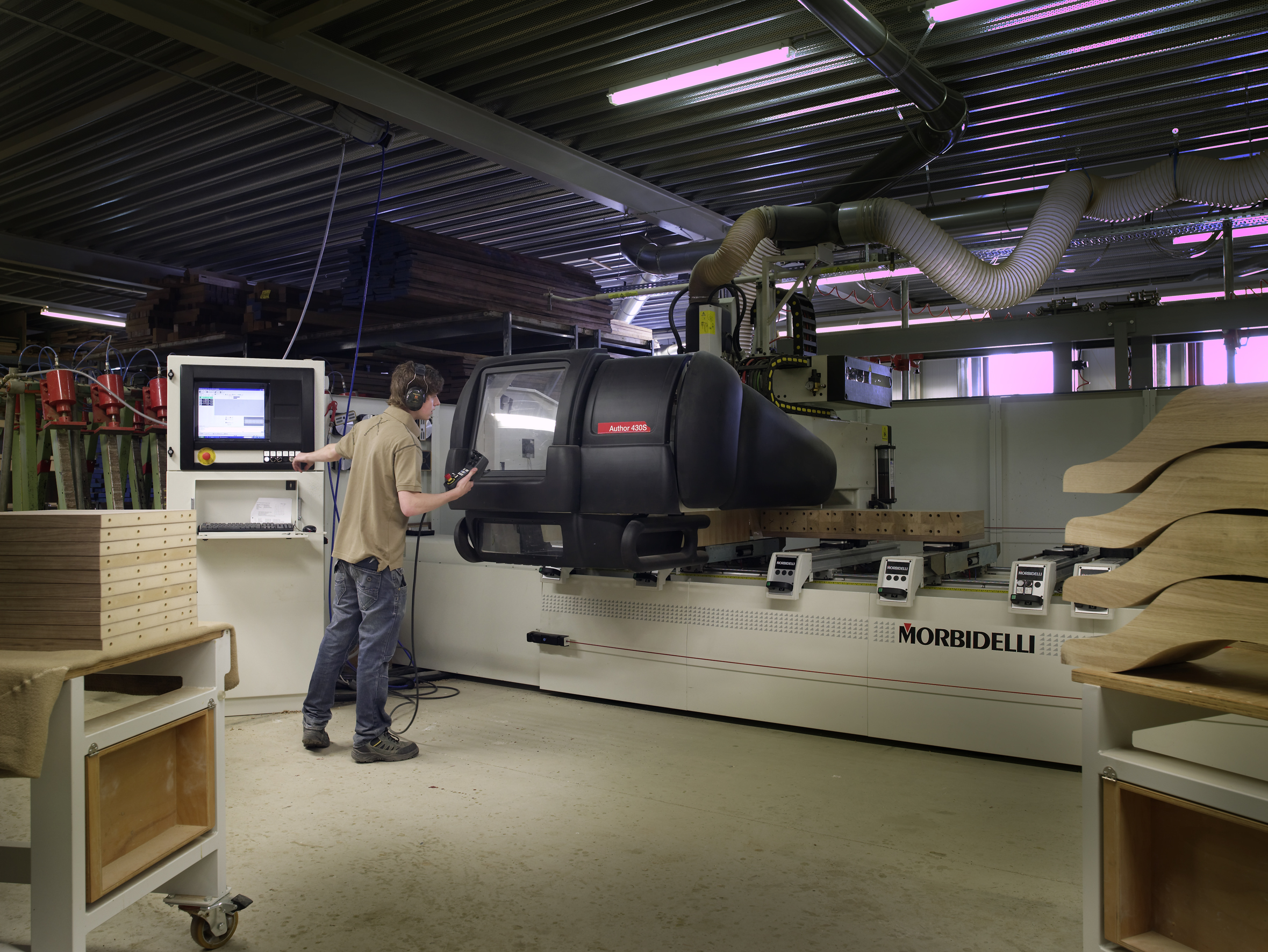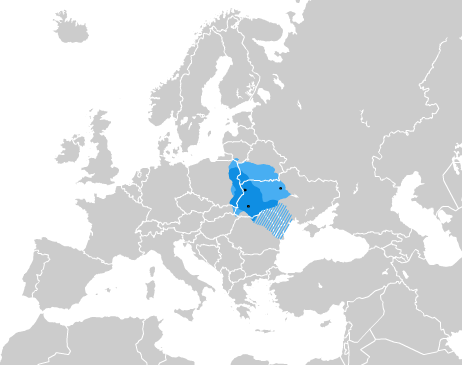|
Drohobych Mechanical Technological College
Drohobych Mechanical Technological College () or DTMC ( Ukrainian: ''ДТМК'') is a technical college in Drohobych, Ukraine. It was first established as Drohobych Technical School in 1939, transforming into ''Electro-Mechanical'' and later - ''Mechanical Technological College''. It is the alma mater of many Ukrainian Drohobych and Lviv region politicians and public activists. History Ukrainian SSR Drohobych secondary technical school was in 1939 reformed into was state-owned Drohobych Mechanical College established under the Ministry of Education and Science of Ukraine Decree. It was designed to meet needs in professional employees for oil refineries, in Drohobych, Boryslav and other parts of Drohobych district. The World War II interrupted the educational process in college. It was restored later in 1944 when institution changed name to Drohobych Electro-Mechanical College. The first graduation ceremony was held in 1948. In 1949 the college opened courses in metalworkin ... [...More Info...] [...Related Items...] OR: [Wikipedia] [Google] [Baidu] |
Drohobych
Drohobych ( ; ; ) is a city in the south of Lviv Oblast, Ukraine. It is the administrative center of Drohobych Raion and hosts the administration of Drohobych urban hromada, one of the hromadas of Ukraine. In 1939–1941 and 1944–1959 it was the center of Drohobych Oblast. Drohobych was founded at the end of the eleventh century as an important trading post and transport node between Kievan Rus' and the lands to the West of Rus'. After extinction of the local Ruthenian dynasty and subsequent incorporation of the Kingdom of Galicia–Volhynia into the Polish Kingdom by 1349, from the fifteenth century the city developed as a mercantile and saltworks centre. Drohobych became part of the Habsburg Empire in 1772 after the first partition of the Polish–Lithuanian Commonwealth. In the mid-nineteenth century it became Europe's largest oil extraction center, which significantly contributed to its rapid development. In the renascent, interwar Poland it was the center of a cou ... [...More Info...] [...Related Items...] OR: [Wikipedia] [Google] [Baidu] |
Ivano-Frankivsk
Ivano-Frankivsk (, ), formerly Stanyslaviv, Stanislav and Stanisławów, is a city in western Ukraine. It serves as the administrative centre of Ivano-Frankivsk Oblast as well as Ivano-Frankivsk Raion within the oblast. Ivano-Frankivsk also hosts the administration of the Ivano-Frankivsk urban hromada. Its population is 227,827 (2024 estimate). Built in the mid-17th century as a fortress of the Polish Potocki family, Stanisławów was annexed to the Habsburg monarchy, Habsburg Empire during the First Partition of Poland in 1772, after which it became the property of the State within the Austrian Empire. Throughout this time, it was within the Kingdom of Galicia and Lodomeria. The fortress was slowly transformed into one of the most prominent cities at the foothills of the Carpathian Mountains. After World War I, for several months, it served as a temporary capital of the West Ukrainian People's Republic. Following the Peace of Riga in 1921, Stanisławów became part of the Seco ... [...More Info...] [...Related Items...] OR: [Wikipedia] [Google] [Baidu] |
Russian Military Intervention In Ukraine (2014–present)
The Russo-Ukrainian War began in February 2014 and is ongoing. Following Ukraine's Revolution of Dignity, Russia occupied and annexed Crimea from Ukraine. It then supported Russian paramilitaries who began a war in the eastern Donbas region against Ukraine's military. In 2018, Ukraine declared the region to be occupied by Russia. These first eight years of conflict also included naval incidents and cyberwarfare. In February 2022, Russia launched a full-scale invasion of Ukraine and began occupying more of the country, starting the biggest conflict in Europe since World War II. The war has resulted in a refugee crisis and hundreds of thousands of deaths. In early 2014, the Euromaidan protests led to the Revolution of Dignity and the ousting of Ukraine's pro-Russian president Viktor Yanukovych. Shortly after, pro-Russian protests began in parts of southeastern Ukraine, while unmarked Russian troops occupied Crimea. Russia soon annexed Crimea after a highly disputed ... [...More Info...] [...Related Items...] OR: [Wikipedia] [Google] [Baidu] |
Numeric Control
Computer numerical control (CNC) or CNC machining is the automated control of machine tools by a computer. It is an evolution of numerical control (NC), where machine tools are directly managed by data storage media such as punched cards or punched tape. Because CNC allows for easier programming, modification, and real-time adjustments, it has gradually replaced NC as computing costs declined. A CNC machine is a motorized maneuverable tool and often a motorized maneuverable platform, which are both controlled by a computer, according to specific input instructions. Instructions are delivered to a CNC machine in the form of a sequential program of machine control instructions such as G-code and M-code, and then executed. The program can be written by a person or, far more often, generated by graphical computer-aided design (CAD) or computer-aided manufacturing (CAM) software. In the case of 3D printers, the part to be printed is "sliced" before the instructions (or the progra ... [...More Info...] [...Related Items...] OR: [Wikipedia] [Google] [Baidu] |
Lviv Polytechnic
Lviv Polytechnic National University () is a public university in Lviv, Ukraine, founded in 1816. According to the Times Higher Education, as of 2024, it ranks first as a technical institution of higher education and second among all institutions of higher education after Sumy State University in Ukraine. Lviv Polytechnic is also the largest educational institution in Ukraine by the number of students and one of the largest by the number of faculties and departments. History The history of the Lviv Polytechnic National University begins during the Austrian Empire, and extends through the Second Polish Republic, the Nazi German Occupation, the Soviet Union, and into independent Ukraine. On 7 March 1816, the Imperial-Royal Real School was opened in Lemberg (Lviv). A technical school was established with the help of the newly introduced local industrial tax. In the curricula of the Imperial-Royal School, the main focus was assigned to the subjects of the natural-mathematical ... [...More Info...] [...Related Items...] OR: [Wikipedia] [Google] [Baidu] |
Ivano-Frankivsk National Technical University Of Oil And Gas
Ivano-Frankivsk National Technical University of Oil and Gas () is an institution of higher education in Ivano-Frankivsk, Ukraine. Since its establishment in 1967, the university has been known for preparing qualified and experienced specialists for the oil and gas industries. However, it has expanded to offer education in economics, management and law that is directly related to the needs of energy industry. Ivano-Frankivsk Oil and Gas University has a two-pronged approach toward education of its students: in the classrooms and in the field. In the classroom, students are provided the theoretical knowledge. Then, by working at university "field-classrooms" or by holding internships with regional businesses and organizations, the future specialists gain practical experience. Structure |
Zakarpattia Oblast
Zakarpattia Oblast (Ukrainian language, Ukrainian: Закарпатська область), also referred to as simply Zakarpattia (Ukrainian language, Ukrainian: Закарпаття; Hungarian language, Hungarian: ''Kárpátalja'') or Transcarpathia in English, is an Administrative divisions of Ukraine, oblast located in the Carpathian Mountains in west Ukraine, mostly coterminous with the historical region of Carpathian Ruthenia. Its Capital (political), administrative centre is the city of Uzhhorod. Other major cities within the oblast include Mukachevo, Khust, Berehove, and Chop, Ukraine, Chop, the last of which is home to railroad transport infrastructure. Zakarpattia Oblast was established on 22 January 1946, after Third Czechoslovak Republic, Czechoslovakia gave up its claim to the territory of Carpathian Ruthenia, Subcarpathian Ruthenia (Czech language, Czech and also Slovak language, Slovak: Podkarpatská Rus) under a treaty between Czechoslovakia and the Soviet Union. ... [...More Info...] [...Related Items...] OR: [Wikipedia] [Google] [Baidu] |
Ternopil
Ternopil, known until 1944 mostly as Tarnopol, is a city in western Ukraine, located on the banks of the Seret River. Ternopil is one of the major cities of Western Ukraine and the historical regions of Galicia and Podolia. The population of Ternopil was estimated at The city is the administrative center of Ternopil Oblast (region), as well as of surrounding Ternopil Raion (district) within the oblast. It hosts the administration of Ternopil urban hromada, one of the hromadas of Ukraine. History The city was founded in 1540 by Polish commander and Hetman Jan Amor Tarnowski. Its Polish name, ''Tarnopol'', means 'Tarnowski's city' and stems from a combination of the founder's family name and the Greek term ''polis''. The city served as a military stronghold and castle protecting the eastern borders of Polish Kingdom from Tatar raids. On 15 April 1540, the King of Poland, Sigismund I the Old, in Kraków gave Tarnowski permission to establish Tarnopol, near Sopilc ... [...More Info...] [...Related Items...] OR: [Wikipedia] [Google] [Baidu] |
Lviv
Lviv ( or ; ; ; see #Names and symbols, below for other names) is the largest city in western Ukraine, as well as the List of cities in Ukraine, fifth-largest city in Ukraine, with a population of It serves as the administrative centre of Lviv Oblast and Lviv Raion, and is one of the main Ukrainian culture, cultural centres of Ukraine. Lviv also hosts the administration of Lviv urban hromada. It was named after Leo I of Galicia, the eldest son of Daniel of Galicia, Daniel, King of Ruthenia. Lviv (then Lwów) emerged as the centre of the historical regions of Red Ruthenia and Galicia (Eastern Europe), Galicia in the 14th century, superseding Halych, Chełm, Belz, and Przemyśl. It was the capital of the Kingdom of Galicia–Volhynia from 1272 to 1349, when it went to King Casimir III the Great of Kingdom of Poland, Poland in a Galicia–Volhynia Wars, war of succession. In 1356, Casimir the Great granted it town rights. From 1434, it was the regional capital of the Ruthenian ... [...More Info...] [...Related Items...] OR: [Wikipedia] [Google] [Baidu] |
Western Ukraine
Western Ukraine or West Ukraine (, ) refers to the western territories of Ukraine. There is no universally accepted definition of the territory's boundaries, but the contemporary Ukrainian administrative regions ( oblasts) of Chernivtsi, Ivano-Frankivsk, Lviv, Ternopil and Zakarpattia (which were part of the former Austro-Hungarian Empire) are typically included. In addition, Volyn and Rivne oblasts (parts of the territory annexed from the Polish–Lithuanian Commonwealth during its Third Partition) are also usually included. In modern sources, Khmelnytskyi Oblast is often included because of its geographical, linguistic and cultural association with Western Ukraine, although this can not be confirmed from a historical and political point of view. It includes several historical regions such as Carpathian Ruthenia, Halychyna including Pokuttia (the eastern portion of Eastern Galicia), most of Volhynia, northern Bukovina and the Hertsa region, and Podolia. Western Ukraine ... [...More Info...] [...Related Items...] OR: [Wikipedia] [Google] [Baidu] |
Measuring Instrument
Instrumentation is a collective term for measuring instruments, used for indicating, measuring, and recording physical quantities. It is also a field of study about the art and science about making measurement instruments, involving the related areas of metrology, automation, and control theory. The term has its origins in the art and science of scientific instrument-making. Instrumentation can refer to devices as simple as direct-reading thermometers, or as complex as multi- sensor components of industrial control systems. Instruments can be found in laboratories, refineries, factories and vehicles, as well as in everyday household use (e.g., smoke detectors and thermostats). Measurement parameters Instrumentation is used to measure many parameters (physical values), including: *Pressure, either differential or static * Flow *Temperature * Levels of liquids, etc. *Moisture or humidity *Density *Viscosity * ionising radiation * Frequency * Current *Voltage * Induct ... [...More Info...] [...Related Items...] OR: [Wikipedia] [Google] [Baidu] |







